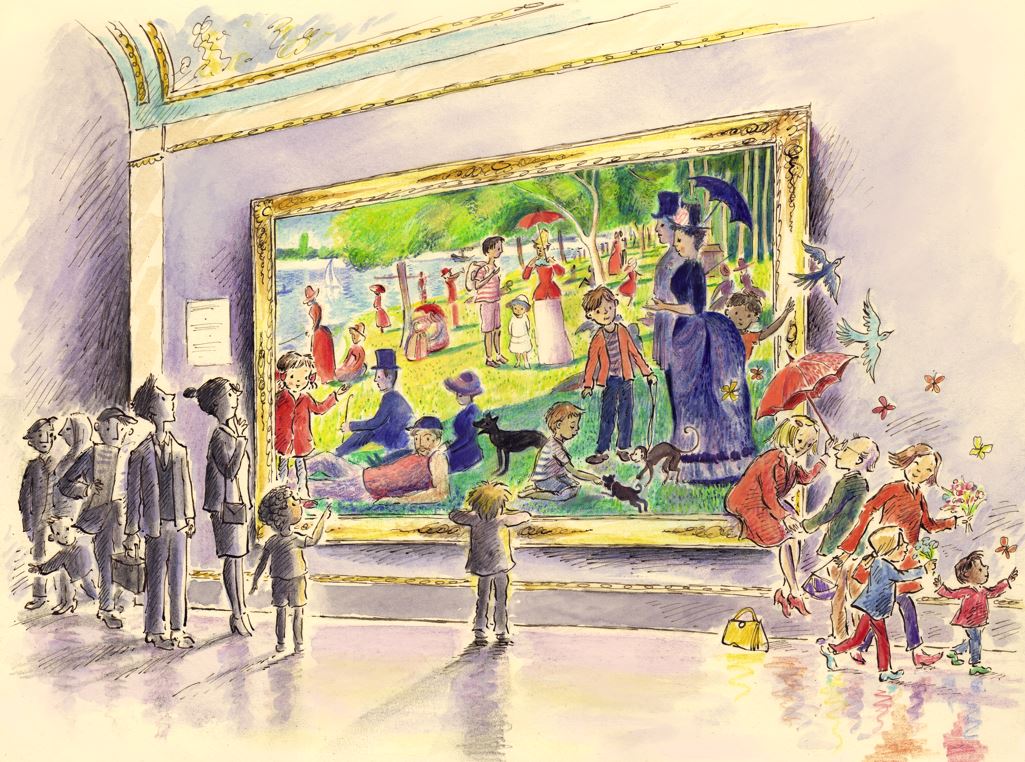
IESE Insight
A service model for cultural excellence
An operational framework to help arts and cultural institutions consider their business models afresh and reinvent themselves for new audiences.
In Leipzig, a 19th century cotton mill has been transformed into an epicenter of contemporary art. Known as the Spinnerei, more than 100 artists live and work in this converted complex, which features galleries, engraving workshops, architecture studios and even a cinema. It is also the scene of British artist Jim Whiting’s Bimbotown Parties, mixing music and performance with samples of European art. Also in Leipzig, visitors can sleep in the Paris Syndrome hotel designed by the artist Jun Yang and installed in the Museum of Contemporary Art; in staying there, guests become part of the artwork.
Meanwhile, in New York City, the Times Square Alliance saw local businesses teaming up with art galleries during the Armory Arts Week 2011, opening up outdoor spaces to public sculptures and bringing local artists to the attention of a wider audience.
These are just two examples of what a growing number of cultural institutions around the world are doing in response to radically changing circumstances.
With cash-strapped governments under intense pressure to cut their spending, institutions that rely on public funding are feeling the pinch as one of their prime sources of funding is fast drying up.
What’s more, demand for traditional fare is dwindling as public tastes swing in new directions.
This combination of factors requires that cultural institutions, like their business counterparts, seek new paths to guarantee their future survival.
This article presents an approach that can help such institutions enhance their economic development. It involves the creation of a new business model, and is based on a concept of service aimed at providing a full customer experience.
Although for the purposes of this article I am focusing on cultural institutions per se, the operational framework I propose, and the consequent lessons, apply equally to any service enterprise looking to transform its offer, in order to sustain itself economically and enhance its appeal.
A version of this article is published in IESE Insight Issue 12 (Q1 2012).
This content is exclusively for personal use. If you wish to use any of this material for academic or teaching purposes, please go to IESE Publishing where you can purchase a special PDF version of “A service model for cultural excellence” (ART-2080-E), as well as the full magazine in which it appears, in English or in Spanish.


